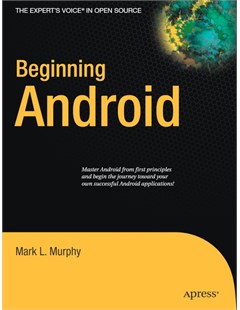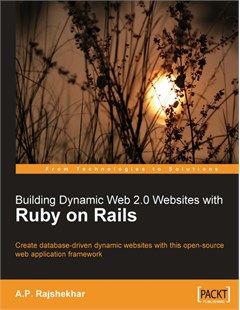Building J2EE Applications with the Rationnal Unified Process
This book is a Rational Software Corporation-specific book focusing on the development of J2EE applications (version 1.3) within a RUP (Rational Unified Process) environment.
2002
The book has a heavy dependency on UML (version 1.4). The authors aim to give the reader a basic understanding of component architectures and associated technologies, and how these component architectures and technologies are applied in the context of systematic development, specifically the Rational Unified Process. The reader will learn a set of proven best practices, guidelines, and standards that apply to systems development. It will reflect the next version of RUP which is scheduled for release during in 2002. This version of RUP will be a considerable departure from the current version.
Content:
Chapter 1. Introduction
Chapter 2. An Introduction to the Java 2 Platform, Enterprise
Chapter 3. An Introduction to the Rational Unified Process
Chapter 4. An Introduction to the J2EE Developer Roadmap
Chapter 5. An Introduction to the Sample Application
Chapter 6. Requirements
Chapter 7. Analysis
Chapter 8. Design
Chapter 9. Implementation
Chapter 10. Additional Topics
Eeles, Peter, Kelli Houston, and Wojtek Kozaczynski. Building J2EE applications with the rational unified process. No. Sirsi) i9780201791662. 2002.
Ngành CÔNG NGHỆ THÔNG TIN (7480201)
 |  |  |
Building J2EE Applications with the Rational Unified Process | Beginning Android | Building Dynamic Web 2.0, Websites with Ruby on Rails |
Thứ Tư, 13:30 27/04/2022
Copyright © 2018 Hanoi University of Industry.